Painting the metal interior of a mobile home can transform the space, giving it a fresh and modern look. However, this task requires proper preparation and the right materials to ensure a smooth, long-lasting finish. With the right techniques, you can achieve professional results without needing extensive experience. This guide will provide you with step-by-step instructions to help you with how to paint a mobile home metal interior efficiently and effectively.
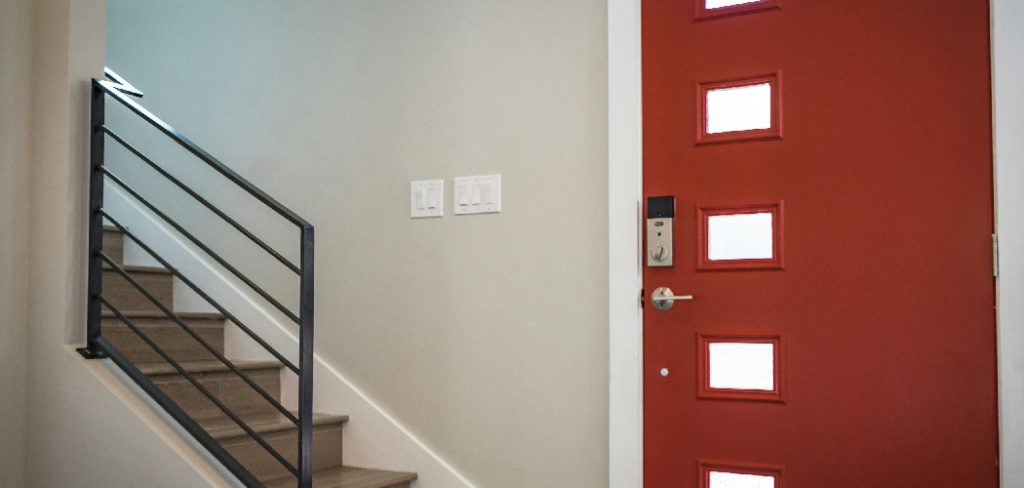
Why Paint a Mobile Home Metal Interior?
Painting the metal interior of a mobile home serves both aesthetic and practical purposes. Over time, the original finish may fade, chip, or become outdated, making a fresh coat of paint an easy way to revitalize the space. A new paint job can modernize the look, allowing you to personalize the interior and create a cohesive decor that reflects your style. Beyond aesthetics, painting the metal surface can also provide a layer of protection against rust and corrosion, enhancing the longevity of the material. This simple yet impactful improvement can increase the overall value and comfort of your mobile home.
Tools and Materials Needed
Before starting your painting project, gather the necessary tools and materials to ensure the process goes smoothly. Here’s what you’ll need:
- Paint: Choose a high-quality paint that is suitable for metal surfaces, such as an oil-based or acrylic enamel paint.
- Primer: A metal-specific primer is essential for ensuring proper adhesion and preventing rust.
- Cleaning Supplies: Mild detergent, water, and a sponge or rag to thoroughly clean the surface before painting.
- Sandpaper or Wire Brush: For removing rust, corrosion, or flaking paint to create a smooth surface.
- Painter’s Tape: To protect edges and areas you don’t want painted.
- Drop Cloths: For covering floors or furniture to prevent paint spills or splatter.
- Paintbrushes and Rollers: High-quality brushes and rollers designed for smooth finishes on metal surfaces.
- Paint Tray: For holding and evenly applying paint with rollers.
- Respirator or Mask: To protect yourself from fumes during cleaning and painting.
- Gloves: To keep your hands clean and protected while working.
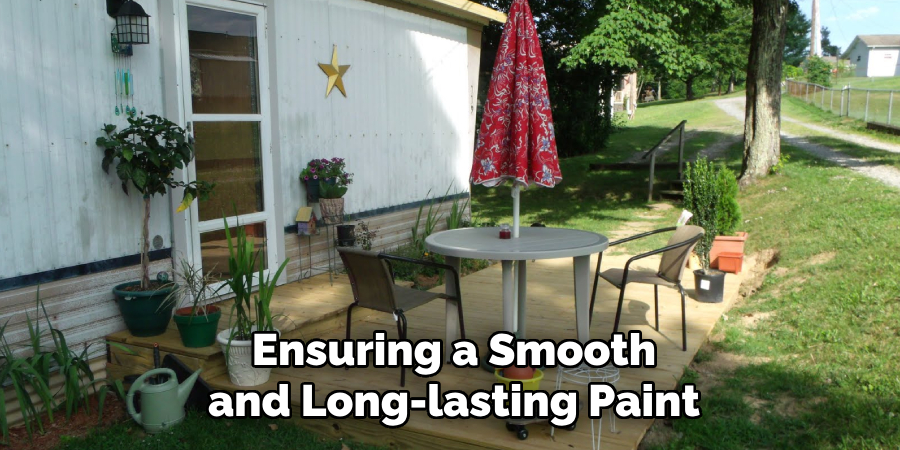
Having all the right tools and materials prepared in advance will help you complete the job efficiently and achieve professional-quality results.
10 Methods How to Paint a Mobile Home Metal Interior
1. Clean and Prepare the Surface
Preparation is key to ensuring a smooth and long-lasting paint job on metal surfaces. Begin by thoroughly cleaning the metal walls and ceilings. Use a mixture of warm water and a grease-cutting detergent to remove dirt, grime, and any grease buildup. A scrub brush or sponge will help access grooves and corners. Rinse the surface with clean water and allow it to dry completely. For areas with mildew or mold, use a solution of bleach and water to kill spores before painting. Proper cleaning ensures the paint adheres evenly and prevents peeling over time.
2. Repair Damaged Areas
Inspect the metal interior for dents, rust, or holes. For small dents, use a rubber mallet to gently flatten the area. Holes can be patched with metal repair putty or filler. Apply the filler according to the manufacturer’s instructions and smooth it out with a putty knife. Once dry, sand the repaired areas to create a uniform surface. For rusted sections, use a wire brush or sandpaper to remove the rust, and treat the area with a rust converter to prevent further corrosion.
3. Sand the Surface
Metal surfaces often have a smooth, glossy finish that can make it difficult for paint to adhere. Use medium-grit sandpaper (e.g., 120-grit) to lightly scuff the surface. Sanding creates a rougher texture, which improves paint adhesion. Pay special attention to areas with old paint or shiny finishes. After sanding, wipe the surface with a tack cloth to remove dust and debris. This step is critical for ensuring a consistent paint application.
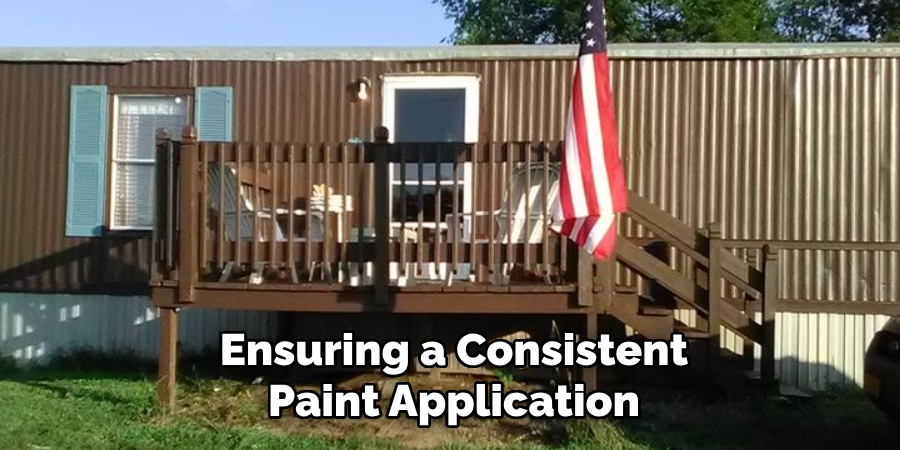
4. Apply a Metal-Specific Primer
Priming is essential when painting metal interiors. Choose a primer designed for metal surfaces, such as an oil-based or epoxy primer. These primers create a strong bond between the paint and the metal while preventing rust. Use a roller or brush to apply the primer evenly across the surface, and a smaller brush for edges and corners. Allow the primer to dry completely, following the manufacturer’s recommended drying time. A well-applied primer ensures durability and enhances the final finish.
5. Choose the Right Paint
Selecting the appropriate paint is crucial for a successful project. Use high-quality paint specifically formulated for metal surfaces. Acrylic latex paints work well for interior metal walls, offering durability and a wide range of colors. For a smoother finish, consider oil-based paint, although it may require additional ventilation during application. Choose a sheen that suits your aesthetic preference—matte for a modern look, satin for subtle shine, or semi-gloss for easy cleaning and durability.
6. Use Proper Painting Tools
The tools you use can greatly impact the outcome of your project. Invest in high-quality brushes, rollers, and spray equipment if necessary. Foam rollers are excellent for achieving a smooth finish on flat metal surfaces, while angled brushes help with edges and corners. For large surfaces or intricate designs, a paint sprayer can provide even coverage and save time. Always test your tools on a small area before starting to ensure they work well with your chosen paint.
7. Apply Multiple Thin Coats
When painting metal, multiple thin coats are preferable to a single thick layer. This approach reduces the risk of drips and uneven coverage. Begin by applying the first coat of paint using smooth, even strokes. Allow it to dry completely before applying the next coat. Depending on the type of paint and the color change, you may need two to three coats for full coverage. Thin coats also help the paint cure properly, resulting in a longer-lasting finish.
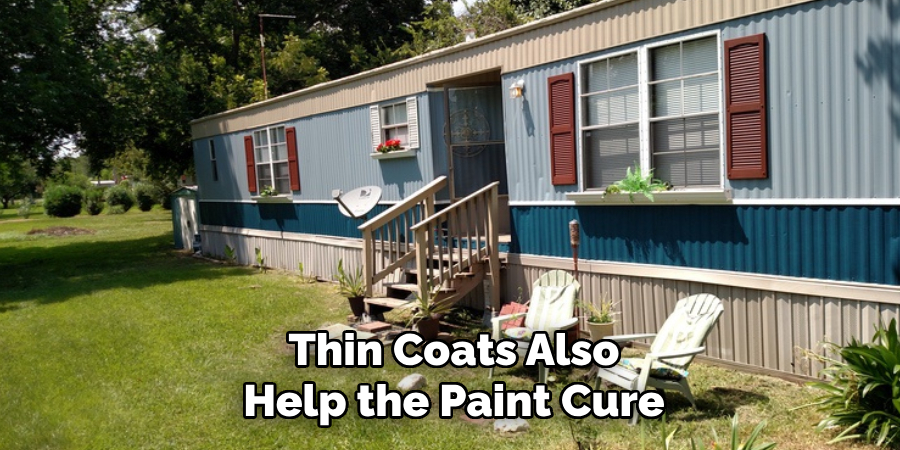
8. Ventilate the Area
Proper ventilation is essential when painting a mobile home’s interior, especially when using oil-based paints or primers. Open windows and doors to allow fresh air circulation, and use fans to direct fumes outside. If the space lacks adequate ventilation, consider wearing a respirator mask to protect yourself from harmful fumes. Ensuring good airflow not only safeguards your health but also helps the paint dry evenly and quickly.
9. Seal the Paint with a Protective Topcoat
To enhance the durability of your painted metal interior, apply a protective topcoat. Clear polyurethane or acrylic sealants are excellent choices for safeguarding against scratches, stains, and moisture. Choose a topcoat compatible with your paint type and preferred finish. Use a clean brush or roller to apply the sealant in thin, even layers. Allow the topcoat to cure completely before using the space to ensure maximum protection.
10. Maintain the Painted Surface
Once your metal interior is painted, proper maintenance will preserve its appearance. Clean the painted surfaces regularly with a damp cloth and mild detergent to remove dust and stains. Avoid abrasive cleaners or scrubbing tools that could damage the finish. Address chips or scratches promptly by touching up the affected areas with leftover paint. By maintaining the painted surface, you can enjoy a refreshed and vibrant interior for years to come.
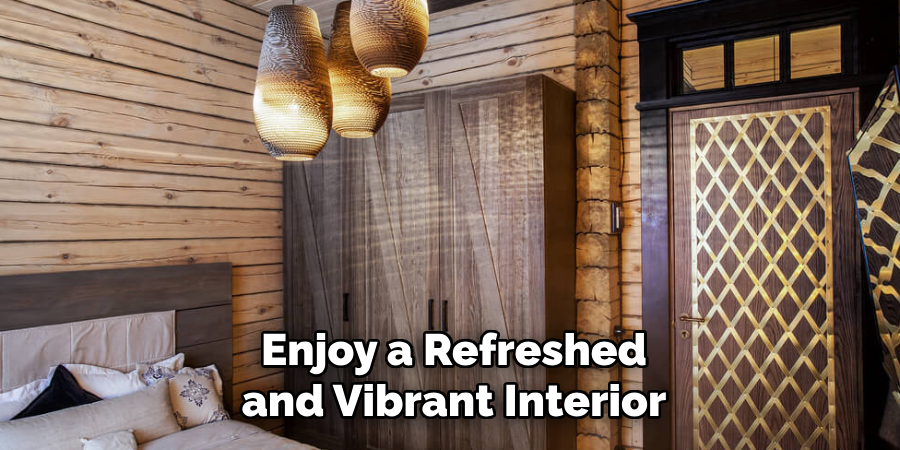
Things to Consider When Painting Metal Interiors
- Surface Preparation is Critical
Proper preparation lays the foundation for a successful paint job. Skipping cleaning, sanding, or priming steps can result in poor paint adhesion and an uneven finish. Take the time to thoroughly prepare the metal surface to avoid costly mistakes later on.
- Environmental Conditions
The temperature and humidity levels during painting can significantly affect the drying process. Aim to work within the manufacturer-recommended temperature range for both the primer and paint to ensure proper curing. Avoid painting on extremely humid days, as this can cause longer drying times and an uneven finish.
- Compatibility of Materials
Ensure that the primer, paint, and topcoat you choose are compatible with one another. Using mismatched products may lead to peeling, cracking, or discoloration over time. Always check the labels or consult with a professional for guidance.
- Safety Precautions
Painting interiors, especially with oil-based products, can expose you to harmful fumes. Wear protective gear, such as gloves and a respirator mask, and ensure the area is well-ventilated. If children or pets are present, take additional measures to keep them away from the painting area.
Conclusion
Painting metal interiors can transform the look and feel of your space, offering a refreshed and polished appearance. By following the proper steps, from thorough surface preparation to applying a protective topcoat, you can ensure a durable and professional finish. Choosing the right materials, maintaining ideal environmental conditions, and prioritizing safety throughout the process are key to achieving success.
With careful attention to detail and regular maintenance, your beautifully painted metal interior will continue to enhance your home for years to come. Hopefully, this article gave you some helpful tips about How to paint a mobile home metal interior successfully, so now that you have the proper knowledge on how to get the job done, why not give it a try today?
Edmund Sumlin is a skilled author for Metal Fixes, bringing 6 years of expertise in crafting a wide range of metal fixtures. With a strong background in metalwork, Edmund’s knowledge spans various types of fixtures, from decorative pieces to functional hardware, blending precision with creativity. His passion for metalworking and design has made him a trusted resource in the industry.
Professional Focus:
- Expert in Metal Fixtures : Edmund aesthetic specializes in creating durable and innovative metal fixtures, offering both appeal and functionality. His work reflects a deep understanding of metalworking techniques and materials.
- Sustainability Advocate : He is dedicated to using sustainable practices, ensuring that every fixture is crafted with eco-friendly methods while maintaining high-quality standards.
In his writing for Metal Fixes, Edmund provides valuable insights into the latest trends, techniques, and practical advice for those passionate about metal fixtures, whether they are professionals or DIY enthusiasts. His focus on combining artistry with engineering helps others discover the true potential of metal in design.


